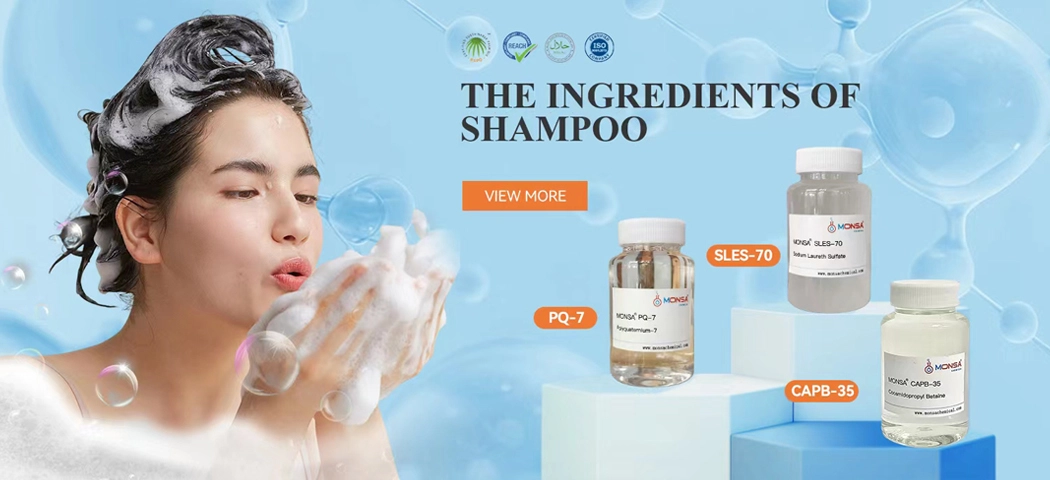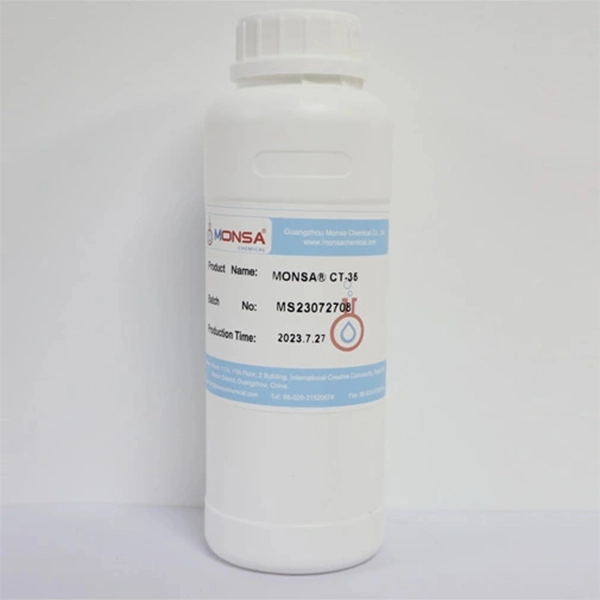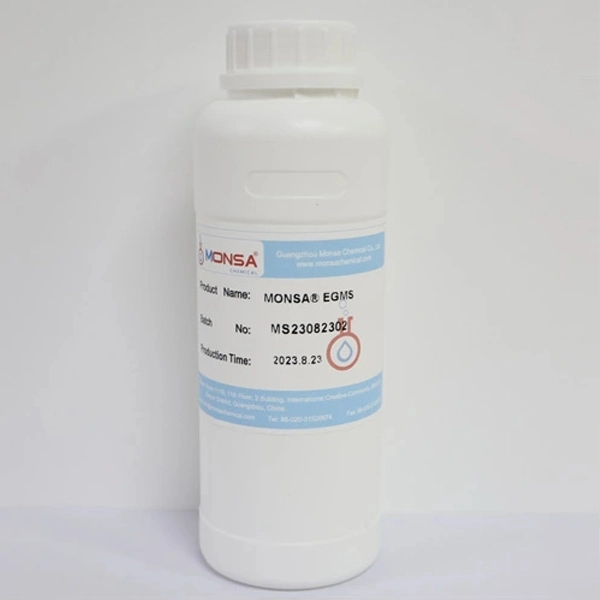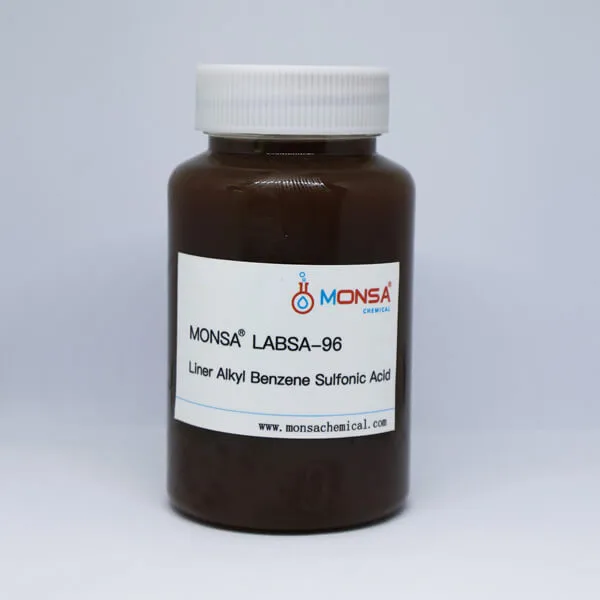Thickening agents are a staple in the daily chemical industry, with a wide variety of options available in the market. Let’s focus on three specific types: CDEA (Cocamide DEA), CMEA (Cocamide MEA), and CMMEA (Cocamide Methyl MEA).
What are CDEA, CMEA and CMMEA?
CDEA(Cocamide DEA) is the most widely used among the three thickening agents. It is produced through the reaction of fatty acid methyl ester and diethanolamine. It is insoluble in water and can be categorized into different types based on the molar ratio of the fatty acid methyl ester and diethanolamine used in the reaction. Depending on the type of oil used, high viscosity and low viscosity products can be produced. It can also be classified based on whether glycerin is removed during the production process.
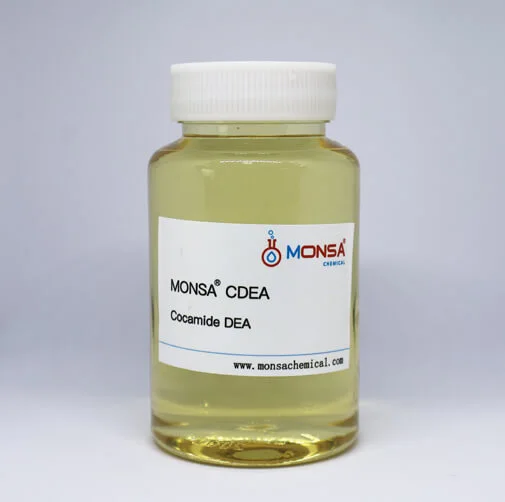
CMEA (Cocamide MEA), also known as CDEA flakes or solid CDEA, is even more insoluble in water than CDEA, providing a better thickening effect. Unlike CDEA, CMEA does not produce nitrosamines (carcinogens) during its production process, making it a safer option. However, as CMEA is solid, it requires heating to melt, and it may solidify into a jelly form in low temperatures during winter.
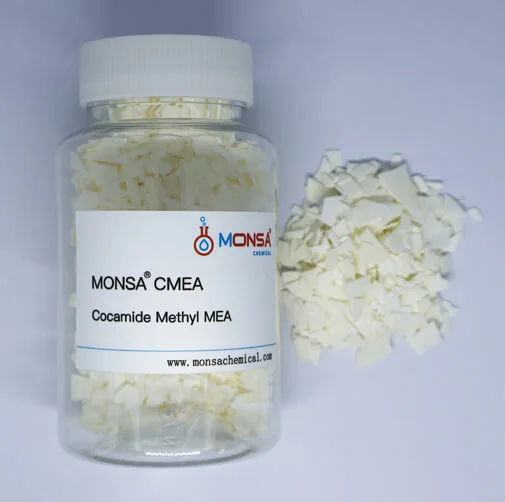
CMMEA (Cocamide Methyl MEA) is a liquid thickening agent that offers several advantages over traditional CDEA and CMEA. It does not contain EU-restricted diethanolamine and nitrosamines, eliminating the harm diethanolamine can cause to the human body while offering good value for money. It has excellent anti-freezing properties and does not become cloudy or solidify above zero degrees, making it easy to dissolve in surfactant systems without heating.
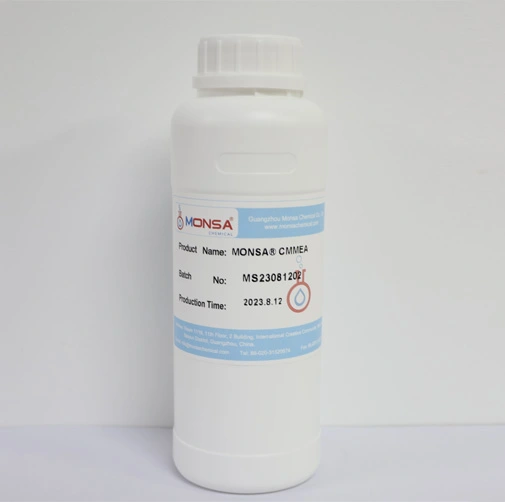
What are the advantages of CMMEA compared with CDEA and CMEA?
CMMEA exhibits excellent thickening performance in various liquid washing products containing AES/AOS/alcohol ether systems or AES/sulfonic acid/alcohol ether systems. Compared to CDEA and CMEA, CMMEA offers superior thickening, foaming, and foam stability. It is not prone to forming jelly at low temperatures, and its viscosity is less affected by changes in pH value.
Adding 1% CMMEA to a liquid washing formula can achieve the viscosity of a 1.3%-1.5% CDEA addition. CMMEA can also significantly improve the pearlescent appearance of products containing mica powder or other surfactant-based pearlescent product systems.
In conclusion, the choice between CDEA, CMEA, and CMMEA depends on the specific requirements of your product and production process. Each of these thickening agents has its unique properties and advantages, making them suitable for different applications.

